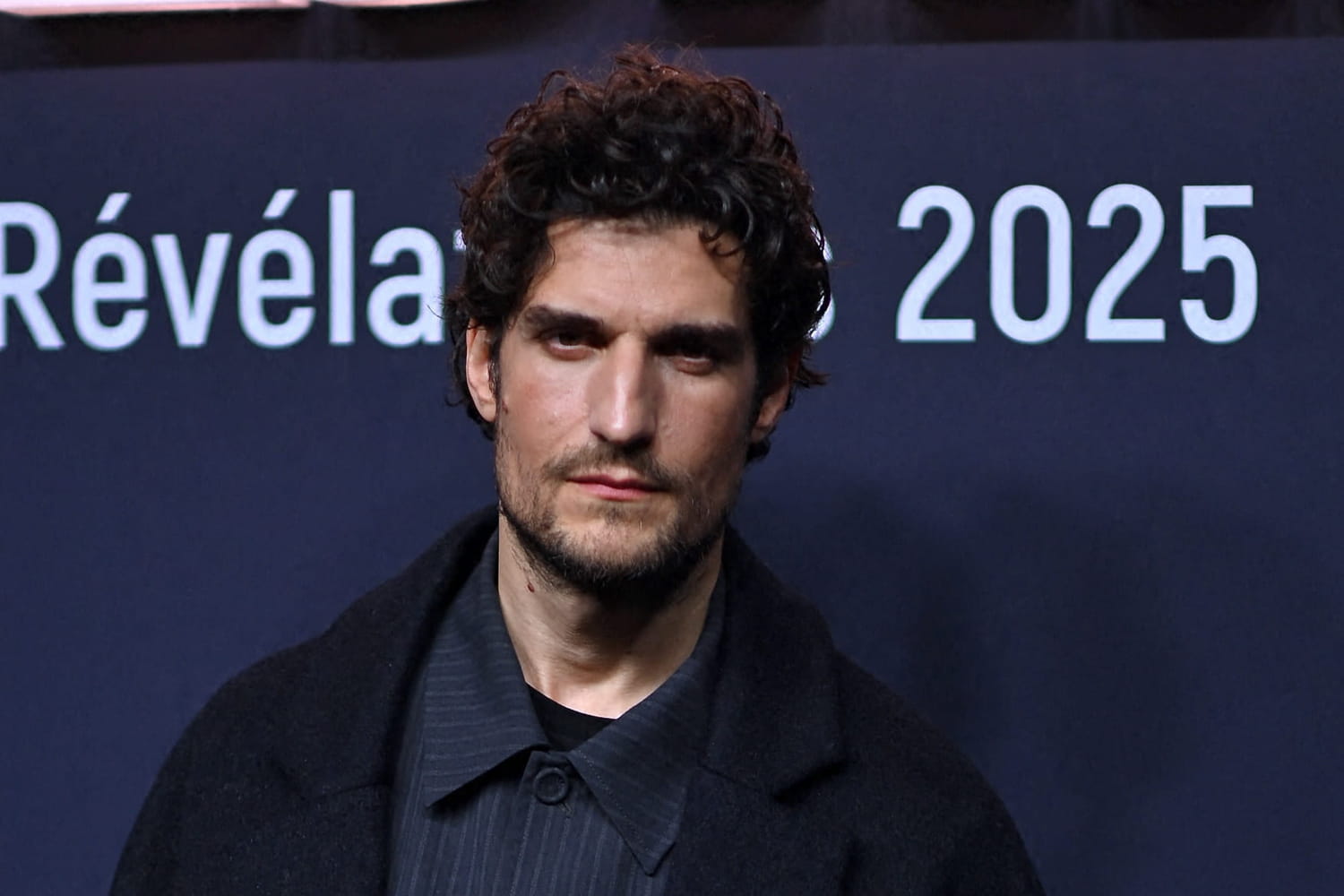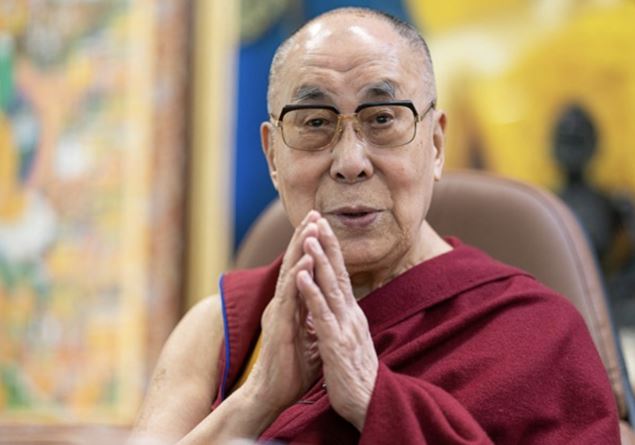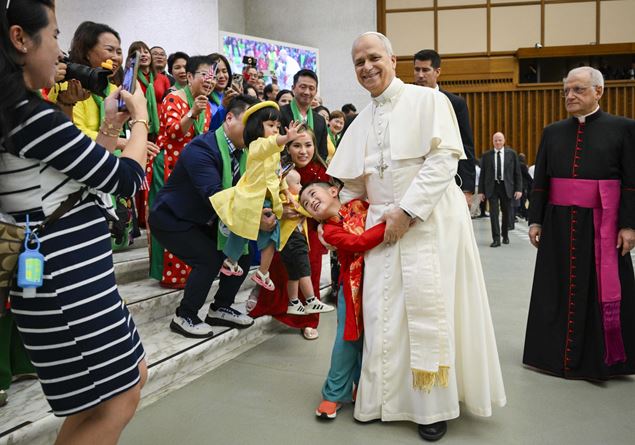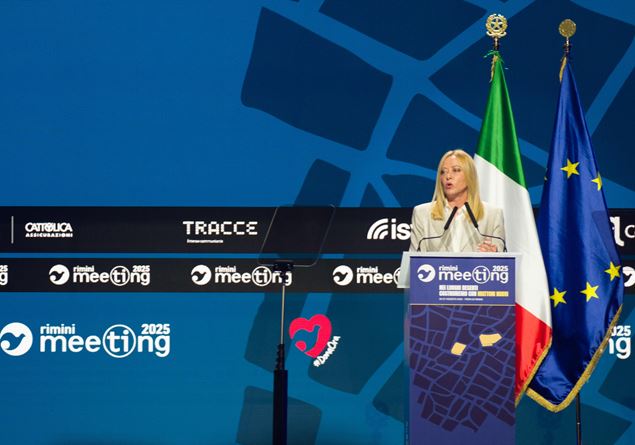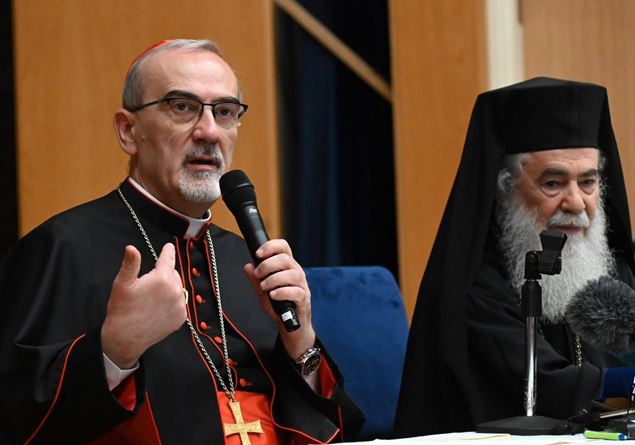“My religion is very simple: my religion is kindness.” In this sentence, pronounced by Dalai Lama, the profound meaning of a life spent between spirituality and civil commitment is enclosed, between the defense of human dignity and the reference to universal dialogue. Next July 6, the XIV Dalai Lama, Tenzin Gyatso, turns 90. Ninety years lived with the weight of the story on the shoulders and with the smile of those who have never surrendered to violence, abuse, unnecessary.
Spiritual leader of the Tibetan Buddhists and a worldwide symbol of non -violent resistance against Chinese oppression, the Dalai Lama has been one of the most listened moral figures in the world for decades. His smiling face and his words of peace have gone through political and religious borders, conquering respect for believers and non -believers, of religious leaders and scientists, simple citizens and Nobel prizes.
Dalai Lama Facebook © meeting in the Vatican City, June 14, 1988
Born in 1935 in a family of farmers in the AMDO region, in Eastern Tibet, Tenzin Gyatso was recognized at only two years as the reincarnation of the XIII Dalai Lama, according to the Tibetan Buddhist tradition. At 15, in the midst of the Chinese invasion of Tibet, he was forced to take full political powers, becoming the guide of a people overwhelmed by the brutality of geopolitics. In 1959, after the failure of the Tibetan revolt against Chinese occupation, the Dalai Lama was forced to escape in exile in India, where he still resides in Dharamsala, the headquarters of the Tibetan government in exile.
Since then one of the most extraordinary peaceful battles of contemporary history has begun. A conflict fought not with weapons, but with dialogue, with the strength of the word, with the moral authority. A difficult and irritated path of obstacles, marked by persecutions, arrests, destruction and repressions by the People’s Republic of China. Upraternated monks, ground monasteries, practitioners of Buddhism deprived of freedom of worship: Beijing’s policy has attempted, over the decades, to cancel the cultural and spiritual identity of Tibet, imposing a rigid autarchy based on control and submission.
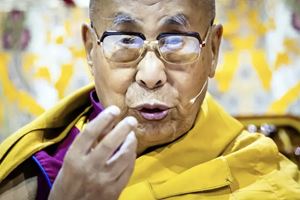
Photo © ANSA
But the voice of Dalai Lama has never passed away. On the contrary, he has been able to transform exile into a space of testimony, proposing to the world the model of a Tibet “Peace area”as outlined on the famous plan in 5 points presented in 1987 to the European Parliament. A visionary proposal, which links respect for the environment, the defense of human rights and the safeguarding of Tibetan culture in a single perspective of justice and sustainability.
The international recognition came in 1989, with the awarding of the Nobel Peace Prize. On that occasion, the Dalai Lama declared: “I believe that the truth and universal love are stronger than any weapon. It is with these tools that I will continue my struggle ». Words that have found Eco in the many meetings with the popes of the Catholic Church, from John Paul II to Benedict XVI to Pope Francis, with which spiritual dialogue has intertwined with the common commitment to peace, social justice, religious freedom.
“Religions are like different flowers in the same garden. They have different shapes, colors and perfumes, but they all grow in the same landSaid Dalai Lama during one of his interreligious meetings. A vision that led him to constantly promote the comparison between faiths, cultures and knowledge, underlining the value of a secular ethics based on “compassion, kindness, mutual respect, shared responsibility”. Not a confessional belief, but a universal compass to orient themselves in the complex world of today.
The Tibet crisis, however, remains dramatic. While China strengthens control over Tibetan territories and intensifies repression against any form of dissent, thousands of Buddhists continue to live in uncertainty, between persecutions and prohibitions. The autarchy imposed by the Chinese Communist Party also extends to the religious plan: Beijing claims to even control the process of identifying the future reincarnation of the Dalai Lama, in an attempt to neutralize its spiritual influence.
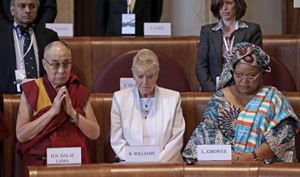
Photo © Dalai Lama Facebook
The Dalai Lama, aware of this challenge, has repeatedly declared that his succession cannot be dictated by political power, but will have to take place according to the authentic traditions of Tibetan Buddhism and with the consent of the religious community. In a recent interview he said: “If the Tibetan people hear that there is no longer the Dalai Lama need, my institution will also end. Otherwise, my reincarnation will take place where it will be more useful and free».
At ninety years, his figure remains a lighthouse in a world crossed by conflicts, environmental crises and religious tensions. The Dalai Lama continues to speak to young people, exhorting them to take responsibility for the future, to defend the planet, to cultivate inner peace as a premise for external peace.
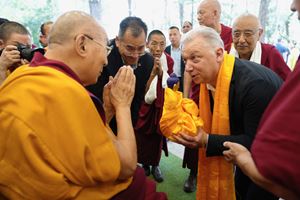
His Holiness The Dalai Lama and Filippo Scianna Ubi © Tenzin Choejor & Ven. Zamling Norbu_ufficio of his holiness the Dalai Lama
A message that also resonates in Italy, where the Buddhist community considers it an essential guide. «His firm and kind voice indicates an alternative way to the conflicts that afflict the world: It is the voice of peace, compassion, responsibility for all sentient beings and towards the planet»Remember Filippo Scianna, president of the Italian Buddhist Union. «The Dalai Lama represents a model of non -violent activism that speaks to all humanity, beyond the geographical, cultural or religious boundaries. Universal human values do not belong to a single religion, but they are common assets of all ».
In an era marked by wars and polarizations, the human and spiritual parable of the Dalai Lama remains a lively lesson: “Be kind every time it is possible,” he loves to repeat. “It’s always possible”.
